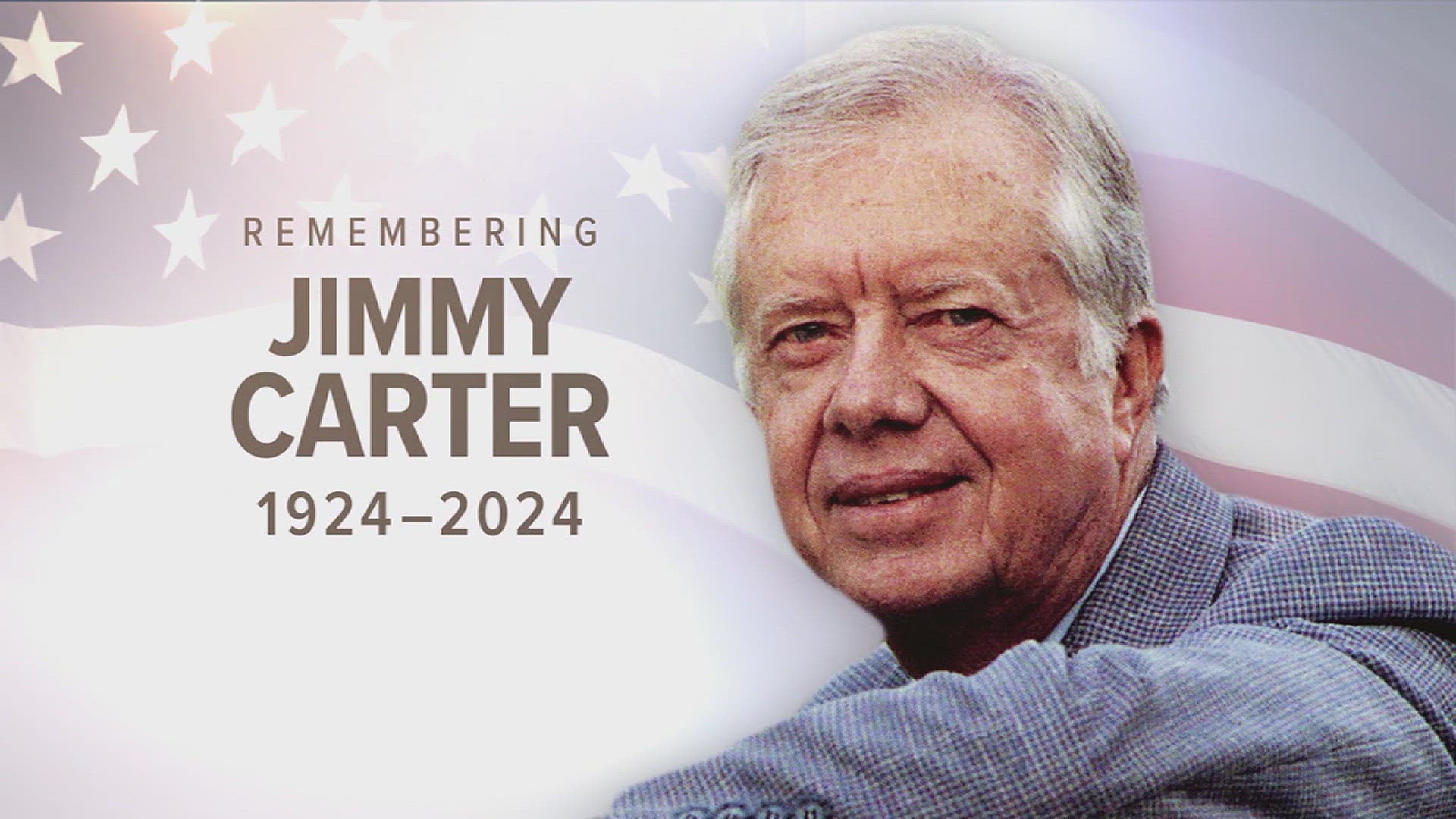(Akiit.com) The thing is, LeBron James is a giant no matter how he’s posed. At 6-foot-8, he towers over the vast majority of people that he stands next to simply by, well, standing next to them. I think that’s getting lost a little bit in the Vogue brouhaha. The magazine’s taken a certain amount of heat, mostly from black critics, over the past few weeks over what is seen as James’ provocative stance on the latest cover. In the photograph, James is holding Brazilian model Gisele Bundchen, who at 5-foot-11 is no shrimp, around her waist while he seems to be screaming at the camera. According to the aforementioned critics, the picture evokes racialized stereotypes; specifically, they see it as a sort of throwback to the racist imagery embodied by King Kong. Like the subtext of the classic film, these critics see the picture tapping into the trope of the bestial black man ravaging the helpless white woman.
James has pretty much brushed it off, saying that the yelling was his idea and just reflects his youthful exuberance. At 23, an age when I used to run up and down the hallway of my apartment with an empty Mickey’s case on my head swinging a broom-stick handle with an empty bottle on the end, proclaiming myself “Mantog, King of the Beers,” I’m inclined to take him at his word. And, again, this cat is almost seven frickin’ feet tall! I ain’t gonna put “King Kong” on him, but, damn, he’s a big dude, whether he’s holding a white woman around the waist or ordering a decaf mocha latte at Starbucks. Whether you think the picture is racist or not, and I fall squarely in the latter category, I think the real question is whether the critics were within their rights to question it.
I think we absolutely should be vigilant about our probing of the imagery of black people in popular culture. Stereotypes run so deeply when it comes to the depiction of African-Americans that I believe those with consciences should always be on the lookout for images that fall into the easy trap of tapping into this history. Besides the fact that stereotypical imagery serves as a continuing insult to an entire group of people, in a larger sense, these depictions also help to keep up the barriers between all of us.
And, y’know, the crazy thing is that there aren’t that many different types of stereotypes to avoid. Of course, they all go back to slavery and, frankly, boil down to extremes of sexuality. If we’re talking about black male stereotype, you gotta watch any depiction that show us as hypersexualized and, thus, bestial or, on the other end, desexualized and emasculated. The former usually shows up in the form of the street-thug type, while the latter can run the gambit from the sidekick to the Magic Negro to, my personal favorite, the dude in a dress. On the female side, while the hypersexualized black vamp has sort of gone out of style, it’s been replaced with the subtler Black Best Friend, who always has the answers for her less worldly white friend because, well, black women just naturally know more about sex and stuff. And Lord knows the mainstream still loves a desexualized, usually overweight, black woman to bring some downhome wisdom to the proceedings, or, y’know, make pancakes.
And this is not just an issue imposed on African-Americans from outside. I remember reading an interview with Keenan Ivory Wayans where he defended the work of his most animated brother, Marlon, saying that when Jim Carrey bugs out his eyes and jumps around no one says anything, so why should Marlon be chastised for the same thing? He’s right, but the fact is that Carrey’s performance cannot be linked to hundreds of years of buffoonery and state-sanctioned psychological warfare. In my ongoing argument with my family (and friends and associates and, apparently, everyone else in black America) over Tyler Perry, I keep saying that Madea, by herself, isn’t the problem so much as she is part of a tradition and pattern of black men in dresses presenting an emasculated image to the wider world for its amusement.
And that’s the operative word: pattern. Black images never appear in a void. Because of the unique construction of the African-American, imagery is integrally linked to identity. Therefore, I would argue that any depiction of a black person in the mass media is open to scrutiny. Even if, ultimately, it’s just a picture of a big black guy.
Written By Vincent Williams









Leave a Reply